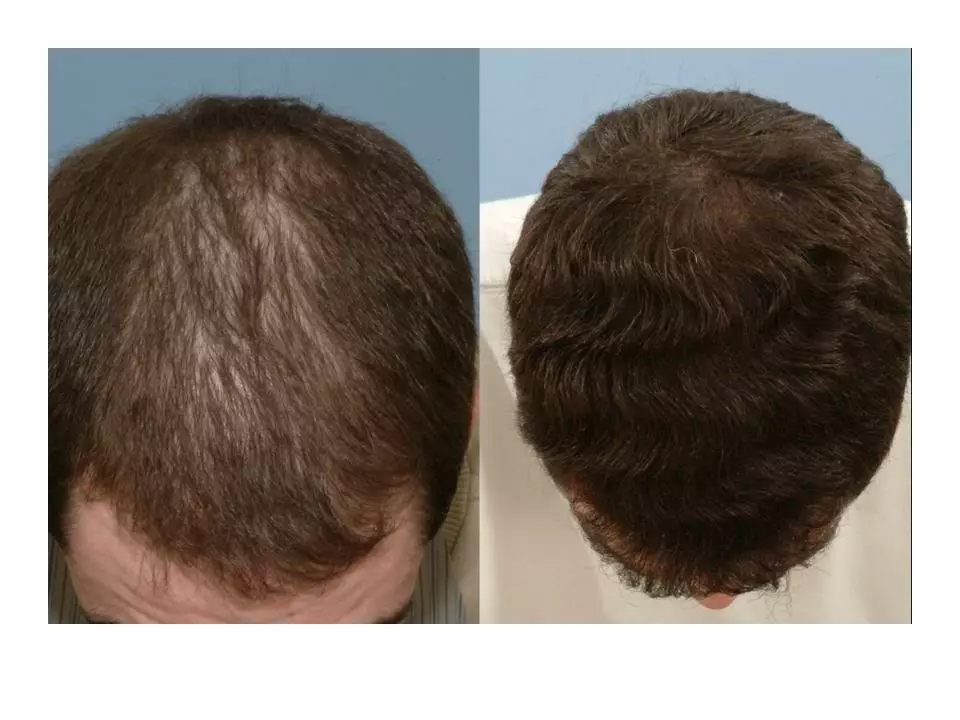Finasteride: What It Does, How to Use It, and Real Expectations
Finasteride is one of the most talked-about drugs for male hair loss and prostate enlargement. It works for a lot of people, but it also comes with real trade-offs. This page gives plain, useful facts: who it helps, typical doses, what to expect and how to reduce risks.
How finasteride works & who it's for
Finasteride blocks the enzyme 5-alpha-reductase, which turns testosterone into DHT (dihydrotestosterone). DHT causes shrinking of scalp hair follicles in genetic (androgenetic) hair loss and fuels benign prostatic hyperplasia (BPH). For hair loss, doctors commonly prescribe finasteride 1 mg daily. For BPH the usual dose is 5 mg daily.
Expect to wait: you usually need at least 3 to 6 months to see early benefit and up to 12 months for clearer results. If finasteride works, it often prevents further loss and may regrow some hair, especially at the crown. If you stop the drug, benefits typically reverse within 6–12 months.
Side effects, monitoring and smart tips
The most reported side effects are sexual: lower libido, erectile dysfunction, or ejaculation changes. Clinical trials show these effects in a small percentage (commonly around 1–5%), but some users report longer-lasting symptoms. Other possible effects include breast tenderness, mood changes, and rarely allergic reactions.
Men being screened for prostate cancer should know finasteride lowers PSA levels by about 50%. Tell your doctor you’re taking finasteride so PSA results are interpreted correctly. Routine blood tests aren’t usually required, but check-ins at 3–6 months help track benefits and side effects.
Important safety notes: women who are pregnant or may become pregnant must not handle crushed or broken finasteride tablets—exposure can harm a male fetus. Finasteride is for men only unless a doctor advises otherwise.
Want to reduce risk? Start with the lowest effective dose your doctor suggests and report side effects early. Many men who try finasteride without problems continue it long term. If sexual side effects appear, talk to your clinician about dose adjustments, a drug holiday, or switching to alternatives like topical minoxidil or discussing dutasteride, which is stronger but also carries similar risks.
Buy finasteride through a licensed pharmacy with a prescription. Avoid unverified online sellers; fake or improperly dosed pills are a real risk. If cost is an issue, ask your provider about generic options—generic finasteride is widely available and much cheaper than brand-name products.
Final practical tip: set realistic goals. Finasteride can stop or slow hair loss for many men and help with BPH symptoms, but it’s not a cure-all. Keep your doctor in the loop and re-evaluate results after 6–12 months so you can make the best choice for your health and goals.
The Science Behind Finasteride: How it Works to Treat Hair Loss
As a blogger, I've recently delved into the science behind Finasteride, a popular treatment for hair loss. It turns out that this medication works by blocking the conversion of testosterone to dihydrotestosterone (DHT), which is the hormone responsible for shrinking hair follicles. By doing so, Finasteride not only stops further hair loss but also promotes the growth of new, healthy hair. Of course, it's important to consult with a doctor before starting any treatment, but it's fascinating to learn about the science that helps so many people regain their confidence. In summary, Finasteride combats hair loss by targeting the hormone responsible for it and promoting new hair growth.

